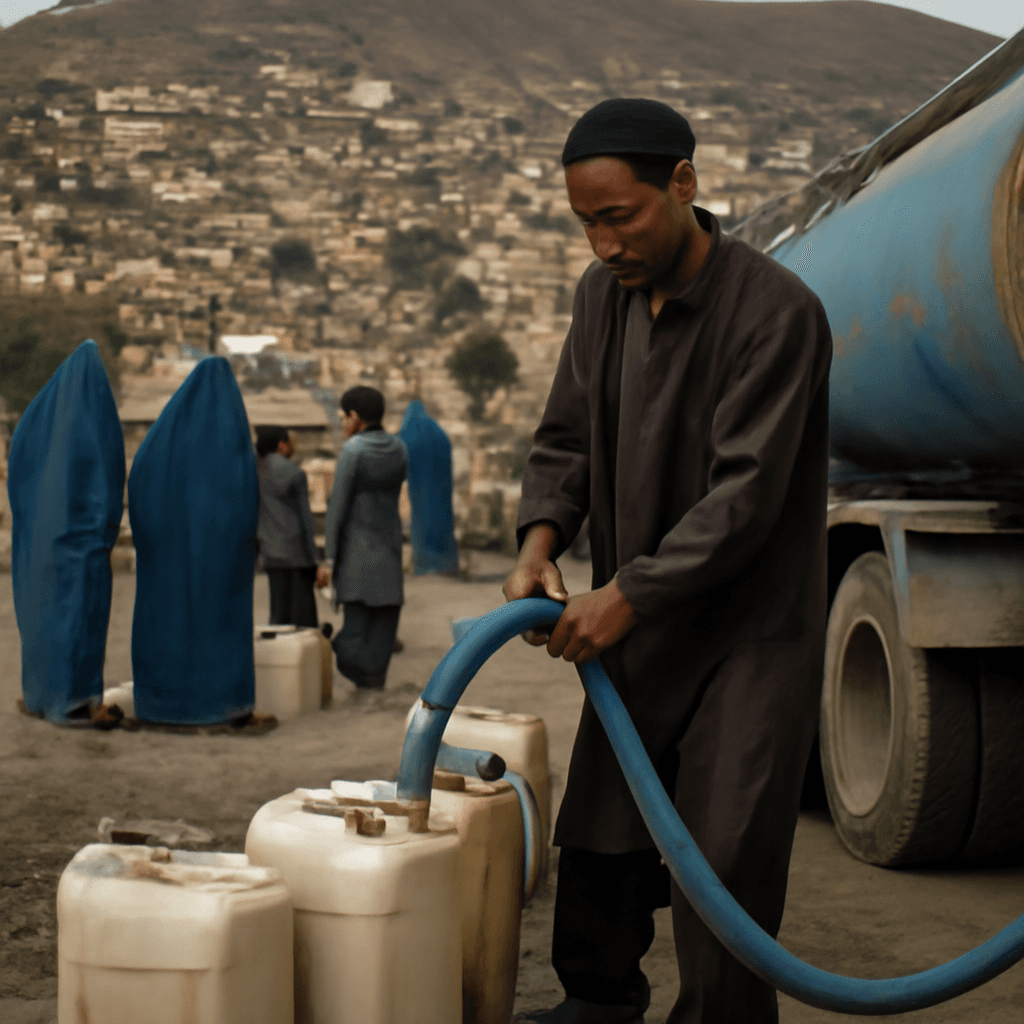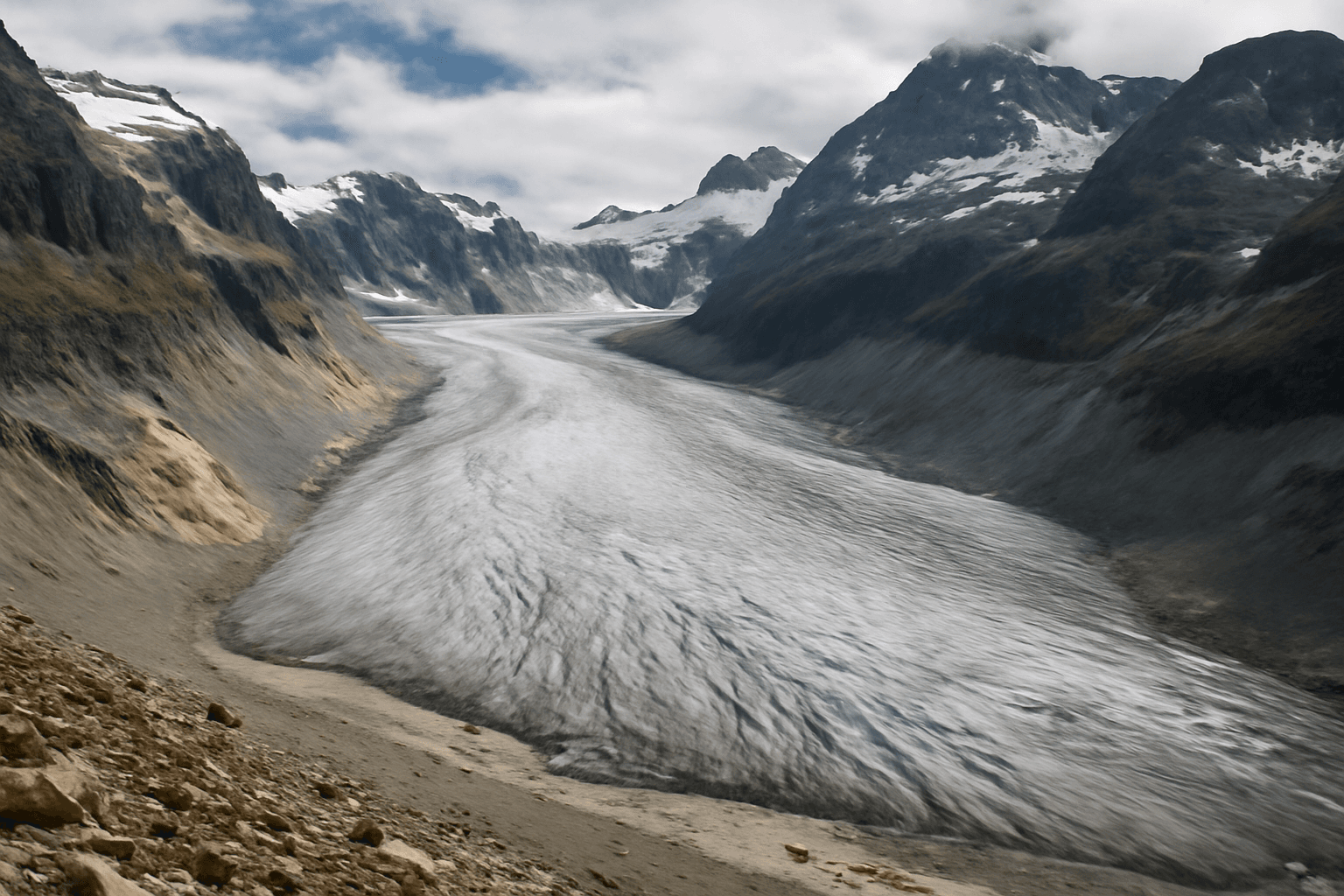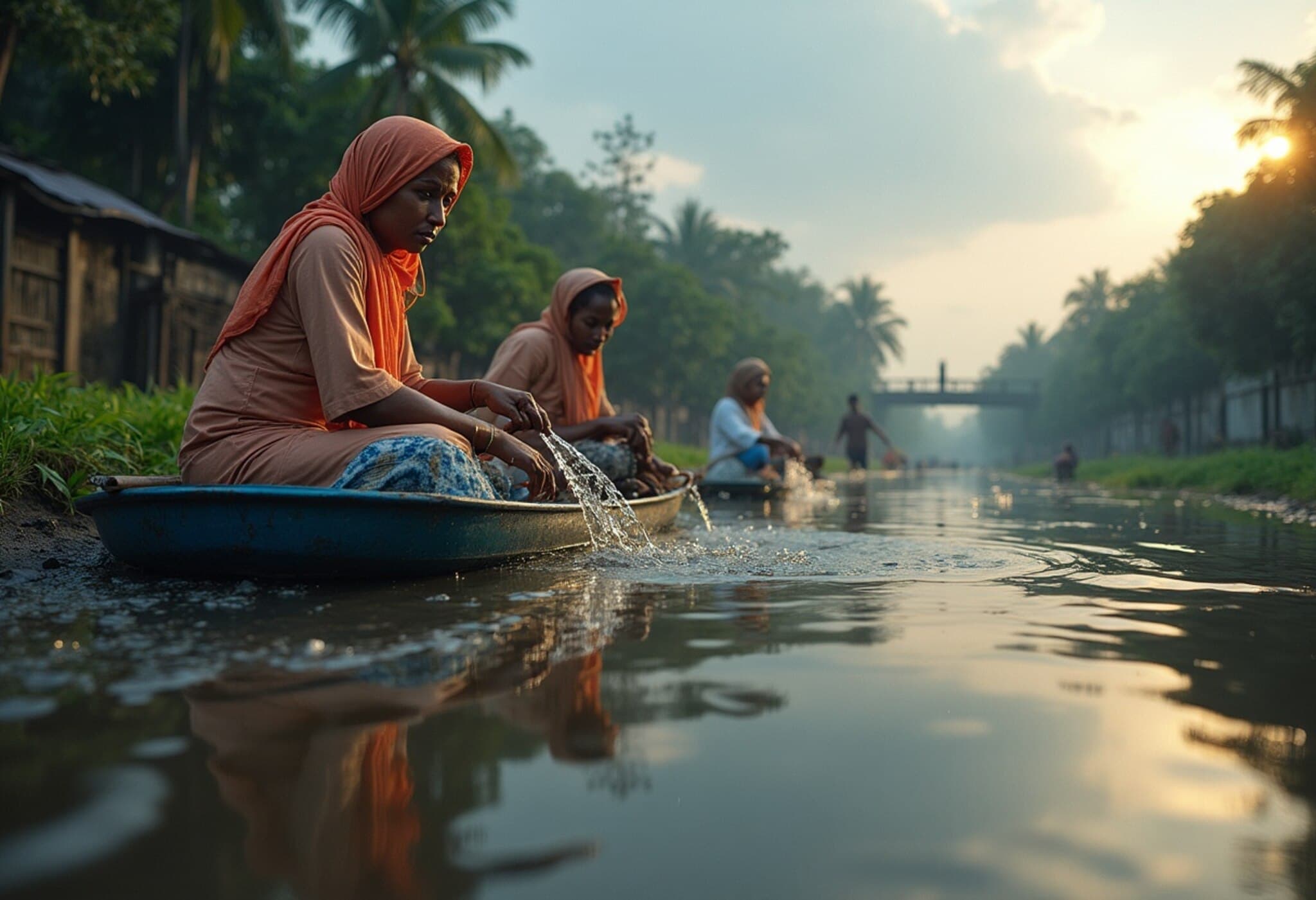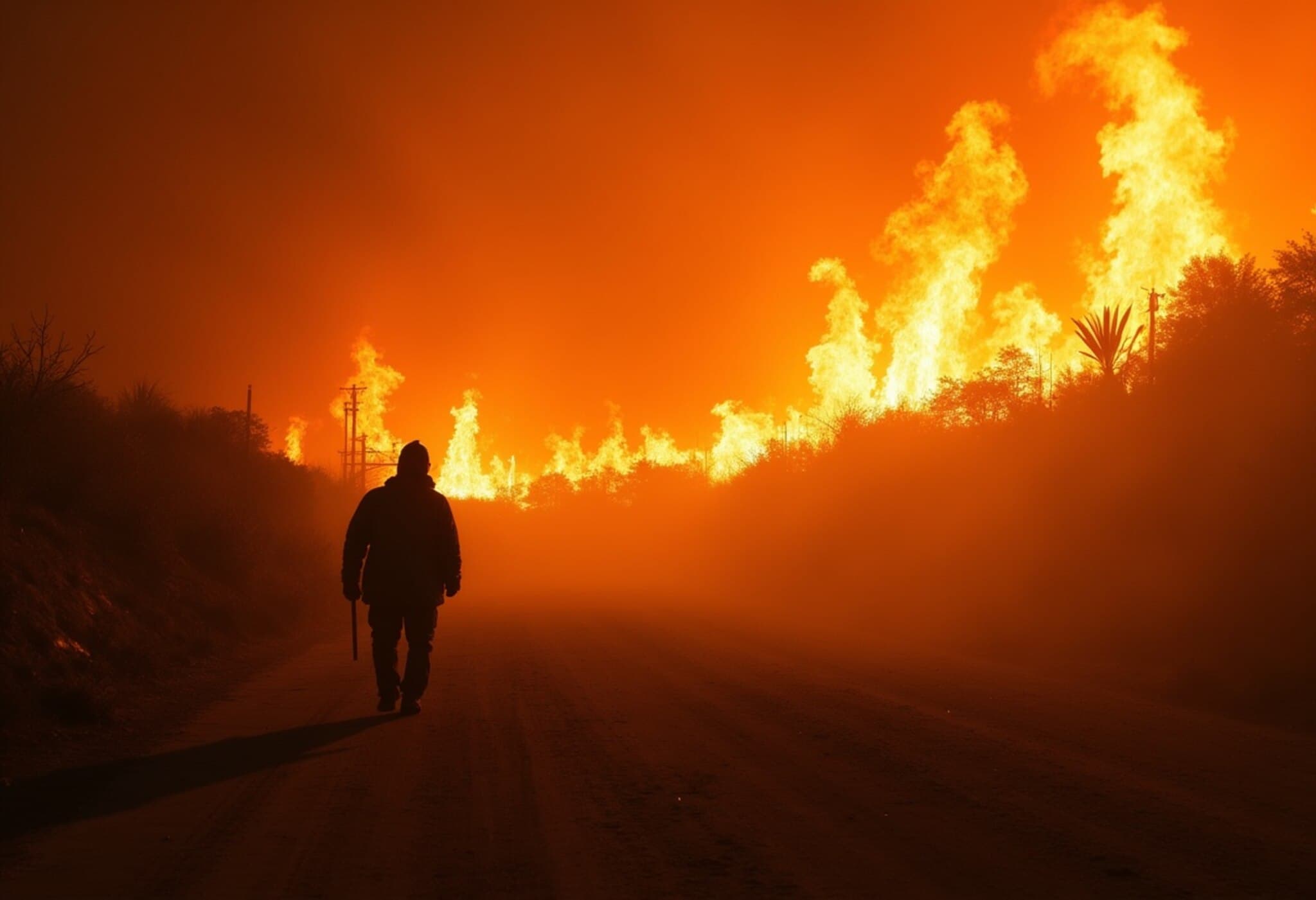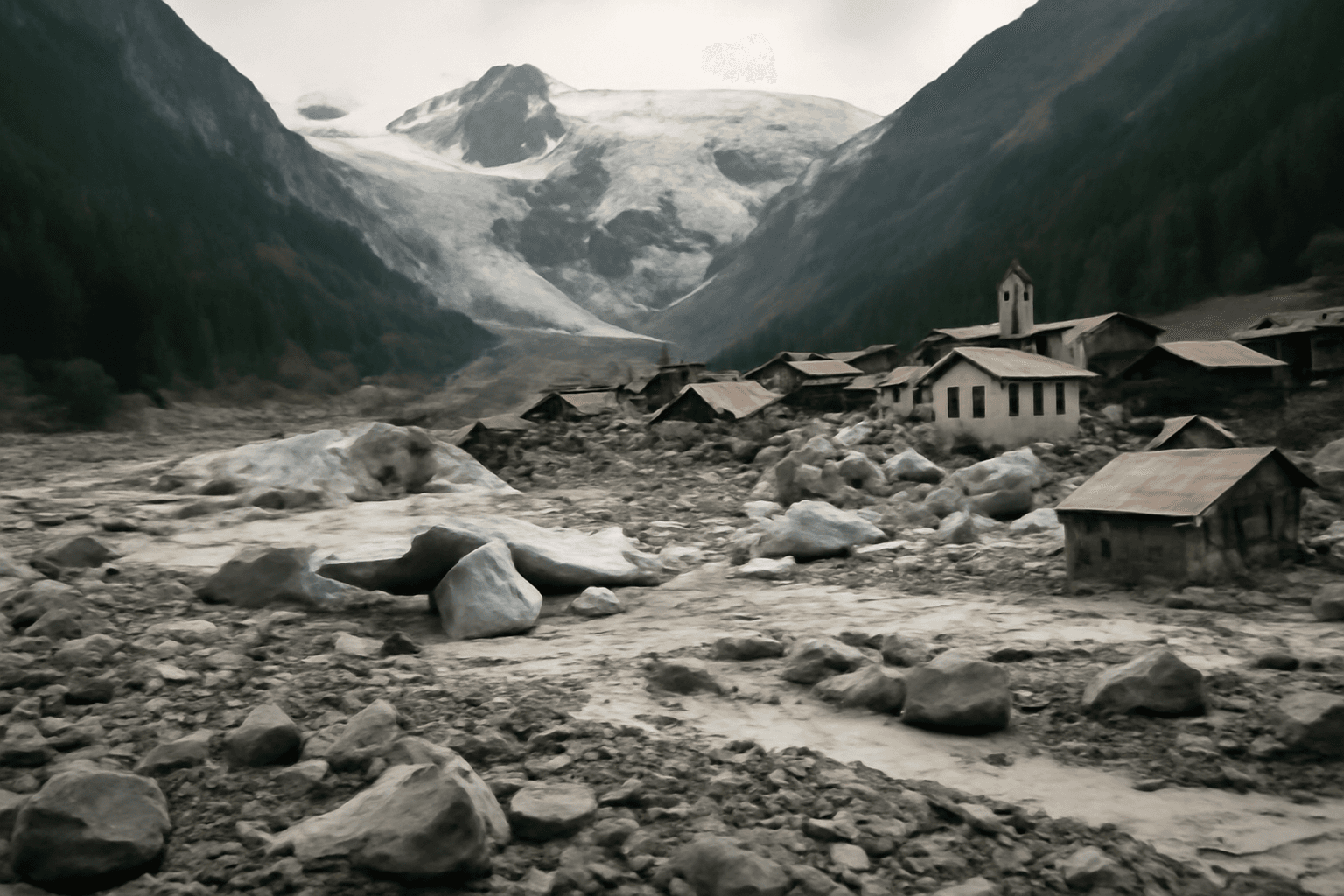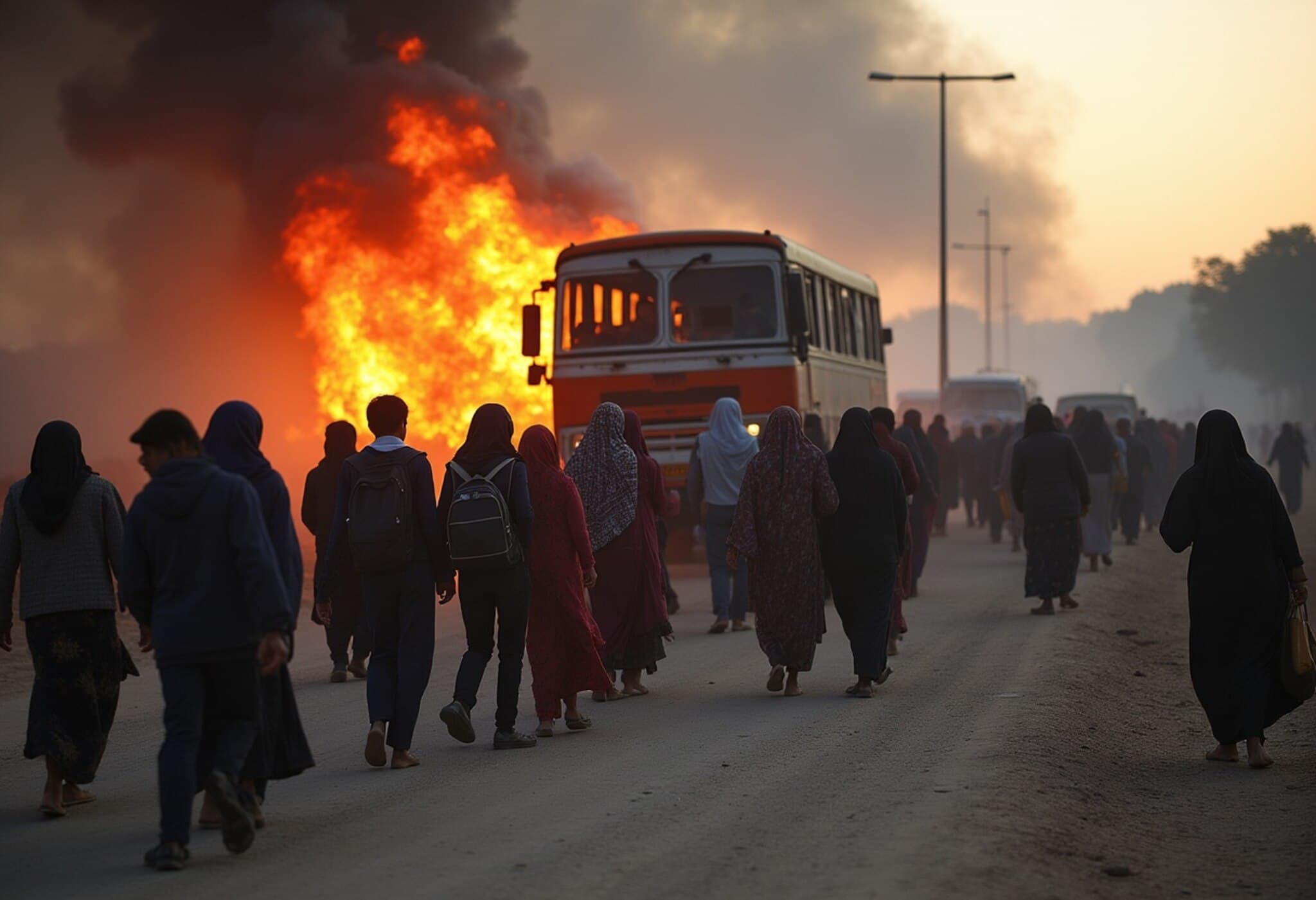Introduction to Kabul's Water Crisis
Kabul, Afghanistan’s capital, is confronting a critical water shortage that could render it the first modern city to completely exhaust its water supply. Recent assessments reveal alarming rates of groundwater depletion, contamination, and infrastructural challenges, all aggravated by climate change. Without urgent intervention, millions of residents face displacement and a severe humanitarian crisis.
Groundwater Depletion and Its Impact
Kabul’s groundwater extraction significantly exceeds natural replenishment by approximately 44 million cubic meters annually, causing water tables to drop between 25 to 30 meters in the past decade. Projections estimate that the city’s aquifers could run dry by 2030, potentially displacing up to 3 million people. Nearly half of the boreholes, which serve as the primary drinking water source for residents, have already dried up.
An aquifer is an underground layer storing groundwater, replenished naturally by rainfall and snowmelt. Excessive withdrawal without sufficient recharge leads to depletion, affecting water availability.
Climate Change and Reduced Water Recharge
The city’s water mainly depends on three aquifers fed by snowmelt from the Hindu Kush mountains. However, climatic shifts have resulted in diminished snowfall and rainfall. Between October 2023 and January 2024, Afghanistan received only 45–60% of typical winter precipitation. This climate vulnerability ranks Afghanistan as the sixth most at-risk country globally.
Shorter winters reduce snow accumulation on the Hindu Kush, lessening spring meltwater runoff just as Kabul's water demand rises. This dynamic exacerbates the water scarcity challenge.
Infrastructure and Water Quality Challenges
Only about 20% of Kabul's households connect to centralized piped water systems. The majority, approximately 90% of residents, rely on groundwater pumped from borewells, many of which are unregulated or depleting.
Water contamination is a severe concern. Up to 80% of groundwater contains pollutants including sewage, toxic substances, arsenic, and nitrates, posing serious health risks. Surveys indicate that 70% of residents experience issues such as unpleasant taste, odor, or discoloration in their well water.
Economic Burden on Kabul Residents
Due to scarcity and contamination, families spend between 15–30% of their monthly income on water. Private water vendors extract and resell the resource at high prices, with weekly costs reaching 400–500 Afghanis ($6–7) per household, exceeding food expenses for over half of the population.
This forces many families into debt, with 68% of households incurring water-related loans at high-interest rates of 15–20% monthly from informal lenders.
Governance and Future Outlook
Major water sources like the Qargha Reservoir and Shah-wa-Arous Dam are either underperforming or newly operational. Planned projects such as the Panjshir River Pipeline and Shah Toot Dam face delays due to political and funding difficulties.
Governance challenges impede effective water management. The National Environmental Protection Agency, responsible for monitoring water quality, has lost about 40% of its technical staff due to migration and suffers from limited funding and equipment shortages.
Without significant improvements in governance, infrastructure investment, and coordinated international support, Kabul faces an unprecedented humanitarian disaster within the decade.
Conclusion
Kabul’s escalating water crisis represents a multifaceted failure in resource management, infrastructure, and climate adaptation. Addressing these challenges demands immediate, large-scale action to safeguard the wellbeing of millions and prevent a historic humanitarian catastrophe.

